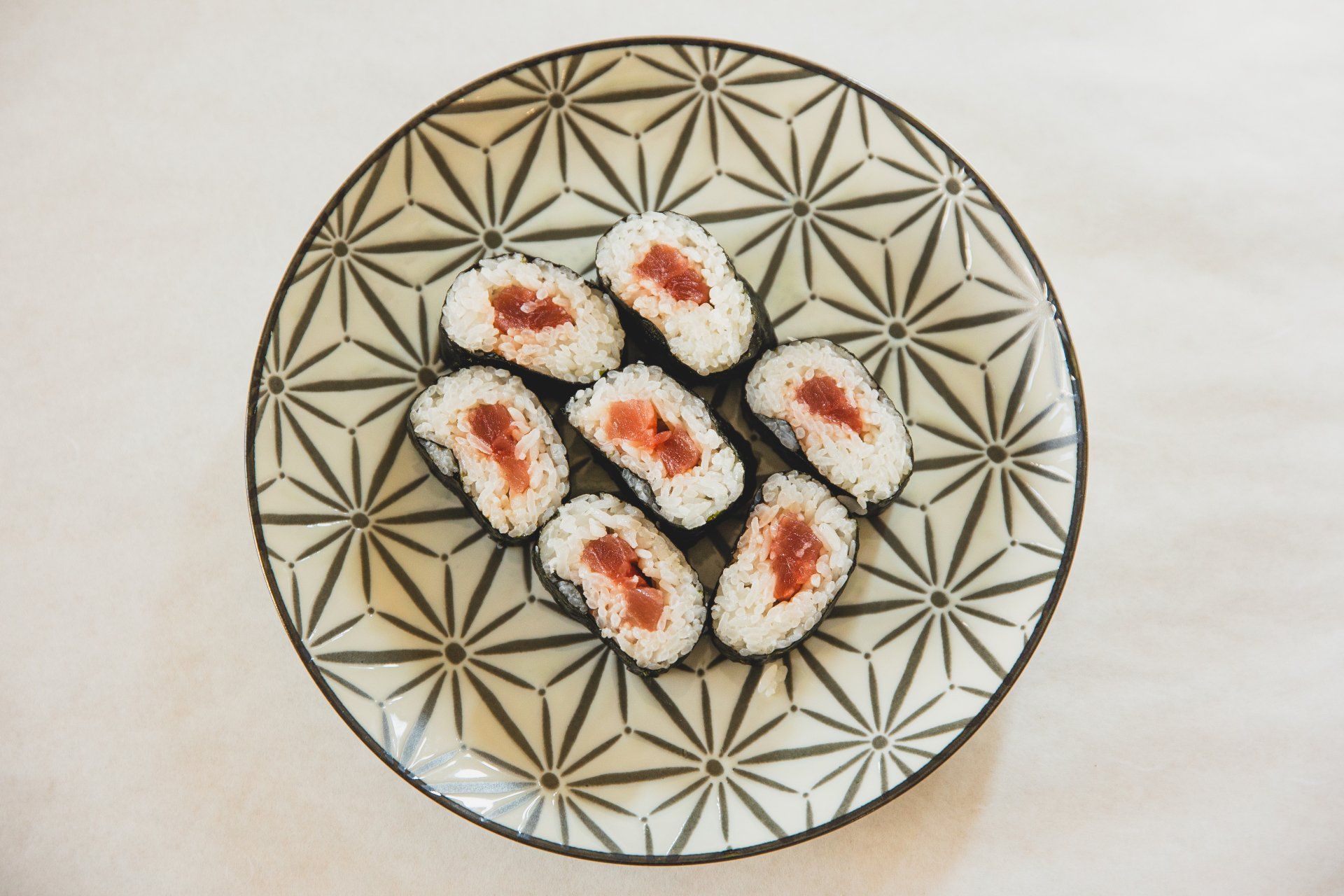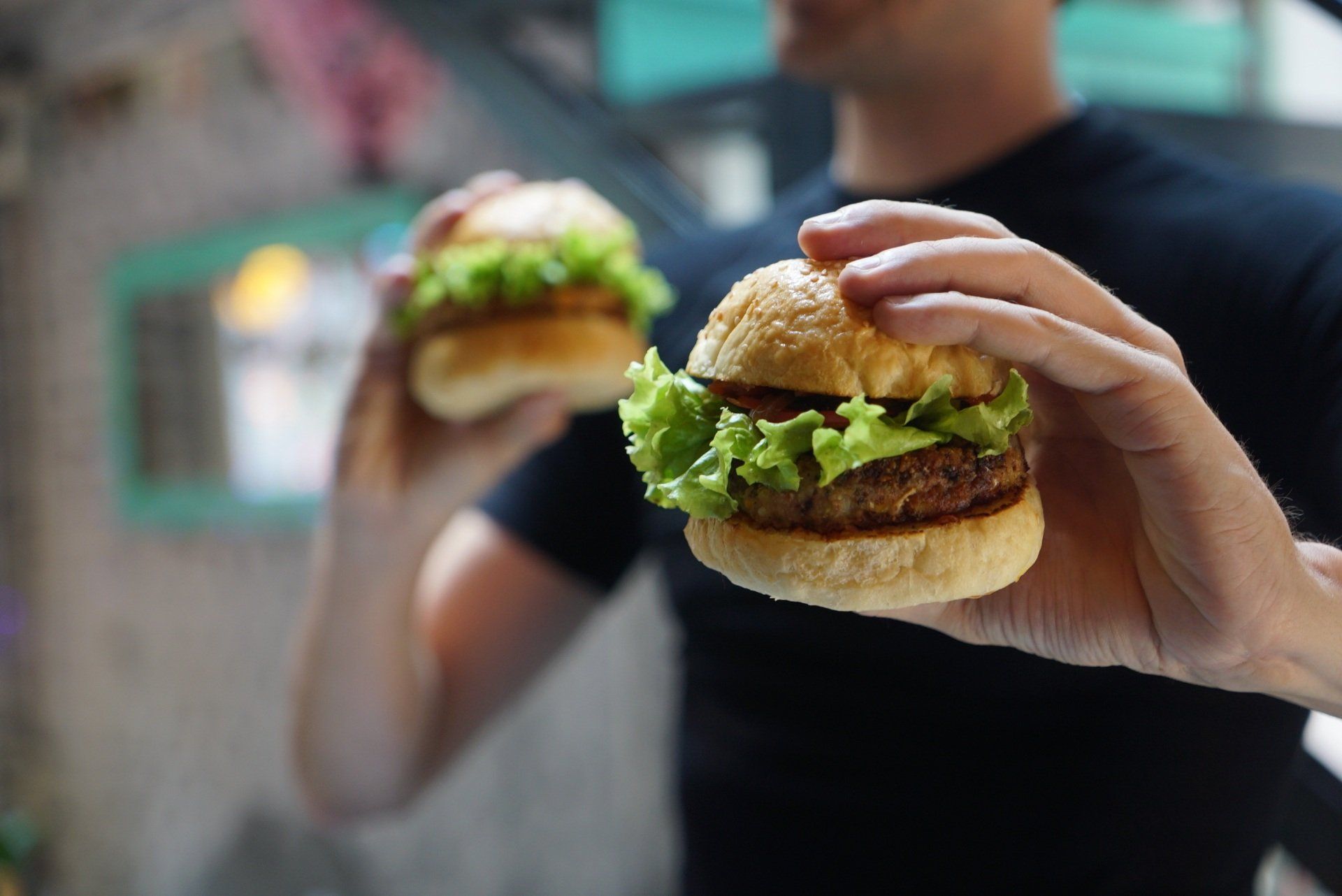Advice From Our Intuitive Eating Online Course
In this lesson, you're going to learn how intuitive eating's superpower-- sensory specific satiety--can help you lose weight. We begin with an experiment.
I want you to take out your favorite chocolate bar. Go ahead, pause the video and go get it. If you don’t like chocolate, use your favorite fattening food, like a cupcake, a donut, doesn’t matter. The laws of sensory specific satiety are Universal.
Most of us would either eat the chocolate right out of its package or we would break off a big piece and chomp away. Either way you’ll end up gaining weight. Why?
Because big portions encourage bigger bites and a faster swallowing rate which delays sensory specific satiety--when your tastes buds can’t taste the chocolate anymore.
Now watch this. What if you split the same amount of chocolate into tiny little pieces?
Eating it this way is going to give you a much longer experience of the food--you’ll touch it more, smell it more, and create more anticipation. Because the chocolate spends so much time in your mouth it’s going to trigger sensory specific satiety way sooner than if you ate it like THIS.
Small pieces ACTIVATE sensory specific satiety sooner--meaning your taste buds, flooded with chocolaty goodness, cannot experience the flavors very well. The result? YOU WILL…NOT WANT MORE.
Intuitive Eating Training
Think about what this means: The exact same amount of chocolate, eaten in different ways, can mean the difference between binging and eating moderately. And THAT is the difference between gaining weight and staying slim.
What Explains This Intuitive Eating principle?
To understand this mindful eating experiment, you need to know that food researchers make a distinction between two kinds of satiety.
The first, alimentary alliesthesia, is what we normally think about after we eat—how full we feel, how distended our stomachs are and how little we want to continue eating no matter what food is on offer.
But there is a second kind of satiety the French and other Epicurean cultures pay a lot of attention to. It’s the sensory pleasure we get out of each bite of food—the actual sensations that shape our perceptions of taste.
This is known as sensory specific satiety and it's responsible for a phenomenon that surprises most Americans: It is virtually impossible to increase the joy out of food by eating more of it. In fact, the reverse is true: The more you eat, the less additional pleasure you get from each bite.
Why? Because our taste buds adapt to flavors quickly. If you keep eating the same food you'll notice that the more you eat the less you can taste. That's one of the scientific reasons for intuitive eating's success. If you pay mindful attention you'll realize that it doesn't take long for the pleasure of food to wane.
Ok, now you know how to trigger mindful eating's strength-- sensory specific satiety-- with snacks. But what about meals? The step-by-step instructions are coming right up.
Academic Studies Informing This Article On Intuitive Eating
Wilkinson, L. L., & Brunstrom, J. M. (2016). Sensory specific satiety: More than 'just' habituation?. Appetite, 103, 221–228. https://doi.org/10.1016/j.appet.2016.04.019
Quote: Broadly, they support an explanation of SSS based on habituation or stimulus specificity rather than top-down influences based on the availability of uneaten foods.
Raynor, H. A., & Epstein, L. H. (2001). Dietary variety, energy regulation, and obesity. Psychological Bulletin, 127(3), 325–341. https://doi.org/10.1037/0033-2909.127.3.325
Quote: Animal and human studies show that food consumption increases when there is more variety in a meal or diet and that greater dietary variety is associated with increased body weight and fat. A hypothesized mechanism for these findings is sensory-specific satiety
González, A., Recio, S. A., Sánchez, J., Gil, M., & de Brugada, I. (2018). Effect of exposure to similar flavours in sensory specific satiety: Implications for eating behaviour. Appetite, 127, 289–295. https://doi.org/10.1016/j.appet.2018.05.015
Quote: The results suggest that easy and continuous access to a high variety of similar unhealthy foods might have long-term effects on food consumption, and highlight a potential mechanism linking obesogenic environments with dietary habits.
Sashie Abeywickrema, Indrawati Oey, & Mei Peng, (2022), Sensory specific satiety or appetite? Investigating effects of retronasally-introduced aroma and taste cues on subsequent real-life snack intake, Food Quality and Preference, Volume 100. https://doi.org/10.1016/j.foodqual.2022.104612
Quote: Our findings reveal that exposure to retronasally introduced vanilla aroma, and the sweet taste can induce daylong sensory-specific effects. Specifically, pre-exposure to sweet-associated aroma (i.e., vanillin) and taste (i.e., sucralose) stimuli decrease sensory-congruent (i.e., sweet), but increase sensory-incongruent (i.e., non-sweet) snack intake throughout the day. Overall, the study suggests that sensory exposure may have lasting temporal effects on eating behaviour










